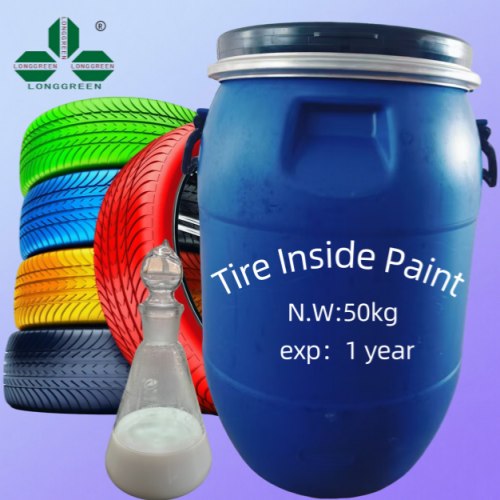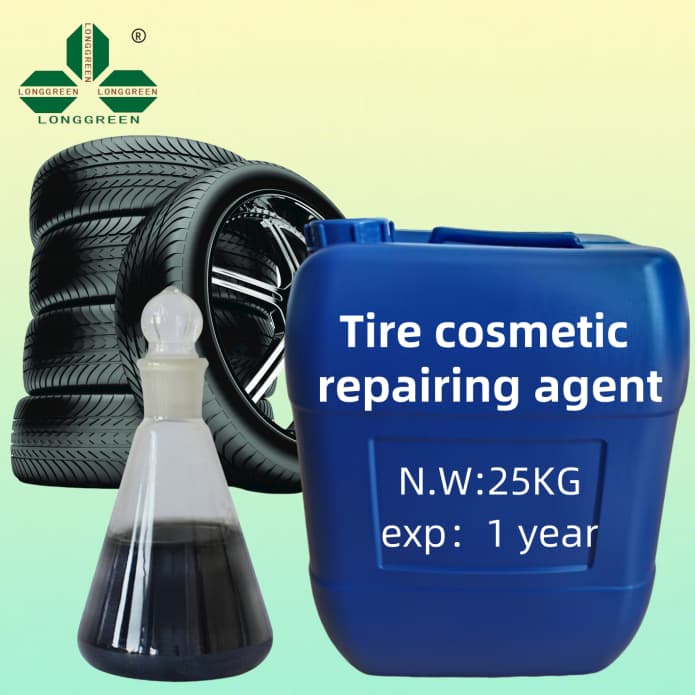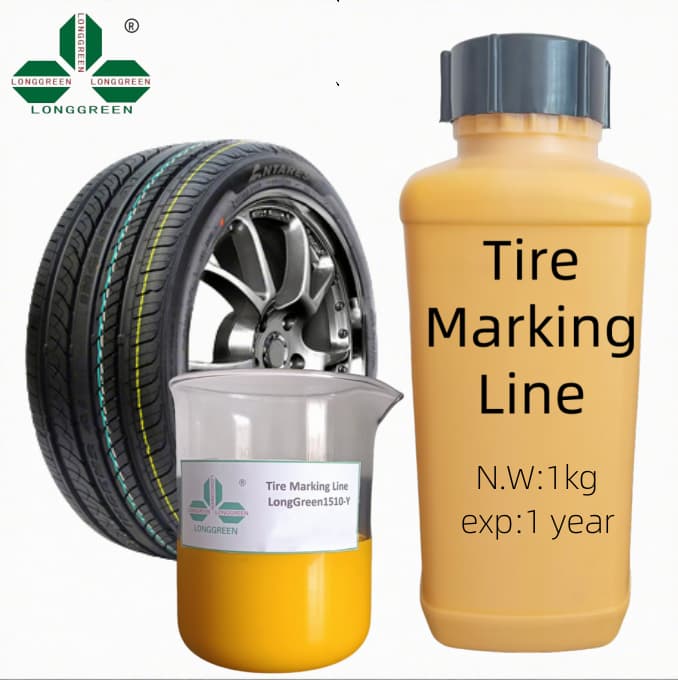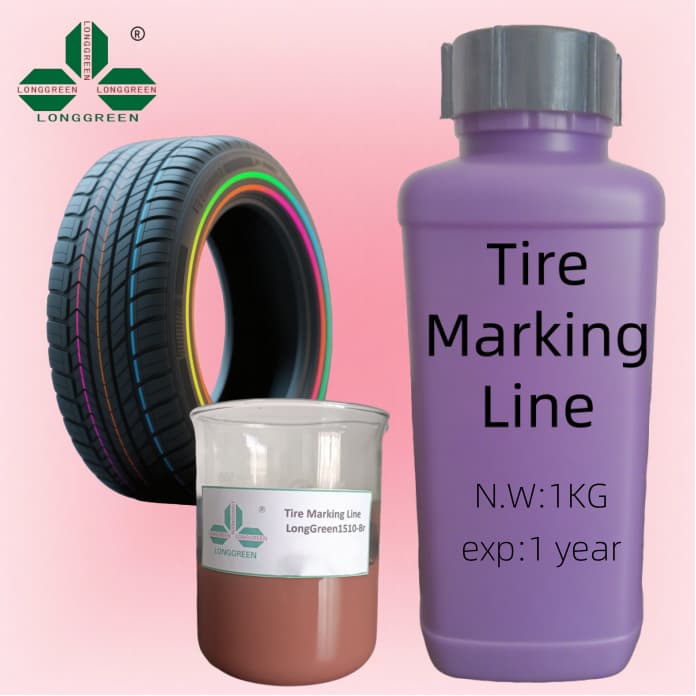1. What is Highly Active Magnesium Oxide?
Highly active magnesium oxide (chemical formula MgO) is a specialized inorganic compound distinct from ordinary magnesium oxide, thanks to its enhanced properties. Unlike regular magnesium oxide used in basic industrial tasks, this material is made via specific processing that modifies its structure and surface, boosting its chemical activity and physical performance.
A key trait of this specialized oxide is its small particle size (usually <2 μm), which creates a large surface-to-volume ratio. More surface atoms are exposed—these high-energy atoms drive the material’s strong reactivity, a defining feature of the oxide.
Microscopically, it has variable shapes: irregular particles (aiding adsorption), near-spherical forms (easy mixing with plastics/ceramics), or flake-like crystals (strengthening composites). This shape control lets manufacturers tailor the material for different uses that rely on its unique traits.

2. Key Properties of the Specialized Oxide
2.1 High Reactivity
High reactivity is central to highly active magnesium oxide. Its small particles and large surface area expose many high-energy atoms, enabling easy reactions with other chemicals. As a catalyst, it lowers reaction activation energy—for example, speeding up the synthesis of organic compounds like esters to boost production efficiency, a benefit that comes from the material’s inherent reactivity.
2.2 Strong Adsorption Ability
The porous structure and large surface area of this oxide enable strong adsorption. It traps harmful gases (SO₂, NOₓ) from factory smoke, reducing acid rain and smog—an application where its adsorption capacity is critical. In wastewater treatment, this material adsorbs toxic heavy metals (Pb²⁺, Hg²⁺), making water safer by leveraging its unique properties.
2.3 Low-Temperature Sintering
Unlike traditional materials that need >1500 °C to sinter (heat into solids), highly active magnesium oxide sinters at 1000–1300 °C with minimal sintering aids. This saves energy and speeds production, helping make denser, stronger ceramics for electronics or high-temperature use—another advantage that sets it apart from ordinary materials.
2.4 Reinforcement and Flame Retardancy
In plastics/rubber, this specialized oxide reinforces and resists flames. It boosts rubber’s wear resistance (e.g., increasing tire tensile strength by 20–30%) and makes plastics like polypropylene stiffer and heat-resistant. As a flame retardant, it forms a protective layer during burning, blocking oxygen/heat and releasing cooling water vapor—key functions that rely on its structure.
3. How is the Oxide Made?
Three main methods produce highly active magnesium oxide, each balancing simplicity and quality to ensure the final product meets required standards:
3.1 Hydrothermal Method
Using high temperature/pressure, magnesium salts (e.g., MgCl₂) mix with water, then a precipitant (e.g., ammonia) forms magnesium hydroxide. The mixture reacts in a reactor (100–200 °C, high pressure), then the precipitate is filtered, washed, and calcined (500–800 °C) into the final material. This method precisely controls particle size/shape, ensuring high quality.
3.2 Sol-Gel Method
A magnesium precursor (e.g., magnesium ethoxide) dissolves in alcohol; water triggers hydrolysis to form a “sol” (liquid with tiny particles). The sol thickens into a gel, which is dried and calcined (600–900 °C) into the oxide. This process produces the material with a large surface area and allows property modification via additives, expanding its application range.
3.3 Precipitation Method
The simplest, cheapest industrial method: magnesium salt solutions (e.g., MgSO₄) react with precipitants (e.g., sodium carbonate) to form magnesium carbonate/hydroxide. The precipitate is filtered, washed, dried, and calcined (500–900 °C) into highly active magnesium oxide. It makes large quantities but is less precise for particle control compared to other methods.
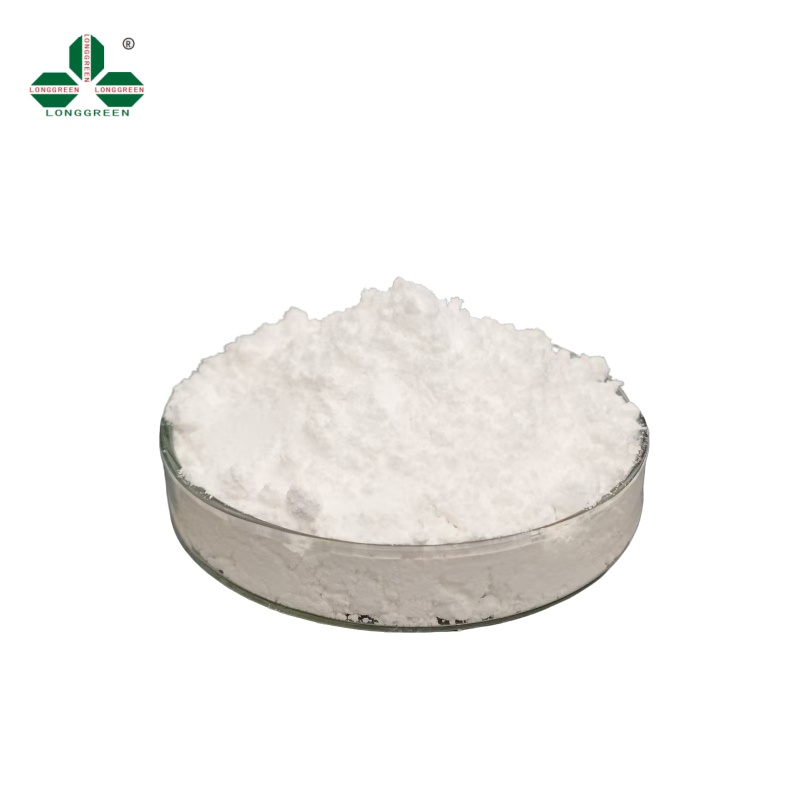
4. Common Uses of the Material
4.1 Industrial Uses
Rubber: As a sulfurization accelerator, highly active magnesium oxide speeds up processing for chloroprene/fluororubber (e.g., hoses, engine gaskets), cutting time by 30–50%—a role that depends on its reactivity.
Ceramics/Electronics: It makes durable high-temperature ceramics (furnace linings) and insulating materials for capacitors/resistors. In lithium-sulfur batteries, it traps polysulfides to extend life, leveraging its adsorption ability.
4.2 Environmental Protection
4.3 Medical and Food
Food: It adjusts acidity (e.g., in juices/dairy), stabilizes products (prevents ice crystals in ice cream), and adds essential magnesium to cereals/bread—uses that highlight its versatility.
4.4 Agriculture
Highly active magnesium oxide neutralizes acidic soil (raising pH to 6.0–7.5) and adds magnesium for photosynthesis. It boosts crop yields (e.g., 15–25% for corn) and reduces aluminum/manganese toxicity, making it a valuable soil amendment that leverages its chemical properties.
5. Why This Oxide Matters
This specialized magnesium oxide is versatile—its properties serve industry, environment, health, and agriculture. While challenges (cost, quality control) exist for production, research into cheaper methods will expand its use. Future applications may include green energy catalysts, better battery materials, or bioelectronic devices that rely
on its unique traits. Overall, it is a key material for sustainable innovation.








